Tire pressure warning – a seemingly small but extremely useful accessory for cars. The biggest advantage of Gotech GS8 is its compactness – convenience, the ability to integrate directly into the Android screen and is included when owning Gotech screen products.
The role of tires in cars: important but undervalued
In today’s four-wheeled life, many car owners want to upgrade their vehicles from a cool exterior to a more exciting performance; by affecting the intake system, exhaust system, engine, suspension system or frame connections…
However, there is one element that directly affects the car’s performance but is often overlooked by many drivers, which is the tire set. It is important to emphasize that this is the only part that is responsible for the “communication” between the car and the road surface: all processes from acceleration, deceleration, and changing direction are performed by the tires.
Next to the direct factors mentioned above, the tires also indirectly affect many other operating factors of the car such as: the hardness/softness of the suspension system, cabin noise (the level of sound insulation inside the car); or fuel consumption and may cause problems for the suspension system, steering system, powertrain system (engine – gearbox)… if not in standard technical conditions.
Each tire in the market today has signs according to the standard and users should know how to “read” these signs. For example, in this article, the Bridgestone Dueler tire is clearly labeled on the body: “255/60R18”. In which 255 is the width of the tire (the part in contact with the road surface) in inches. Next, 60 is the height of the tire sidewall as a percentage of the width of the tire – meaning that this tire has a sidewall height of 255 x 60% = 153 inches. And finally, R18 represents the size of the rim of this tire is 18 inches.
For a tire, the most important thing is to know the replacement time. If the tire is punctured by a large puncture (more than 6mm), it should not be patched (because the patch is not durable and may be pierced or cause leaks that are dangerous) but a new tire should be replaced. Or when there are cracks, bulges or when the tire tread has worn out (tire tread height is less than 1.6mm compared to the main tread groove).
However, many drivers have a subjective mindset: if the car is not used frequently and the tire is not worn, there is no need to replace the tires. This is a misconception because the tire is mainly made of rubber and also has a period of use: as soon as it leaves the production line, the tire surface begins to face environmental factors such as sun, rain, temperature, humidity… causing material aging and degradation over time, no longer ensure technical factors.
Therefore, even if not used or used less, a tire should be replaced and should not be used after 5 years from the date of manufacture.
To know the time the tire leaves the production line, drivers can immediately find a series of 4 digits written on the sidewall of the tire. For example, the tire in this article is “0519” – meaning it was produced in the 5th week (around February) of 2019.
Next to the durability of the tires, tire pressure is also a very important issue that should be paid attention to because it directly affects the vehicle’s operating condition. For example, when driving with “under-inflated tires” (tire pressure is lower than the standard level), the car will be “unstable” (vibrating steering wheel, off-center steering) and in the long run, it will consume more fuel and a higher tire tread wear, affecting durability.
When driving with “overinflated tires” (tire pressure is higher than the standard level), the car will be “too stiff” – when crossing speed bumps or rough roads, it will bounce and make more noise than usual. At this time, the effectiveness of braking will also decrease due to the reduced contact area between the tire and the road surface.
The standard tire pressure for each vehicle is usually posted on the driver’s side door position, with units in Bar, KPa, PSI, or kg/cm2 (1 kg/cm2 = 14.2 PSI; 1 KPa = 0.01 Bar and 1 PSI = 6,895 KPa). But if you are not a technician and do not have a pressure gauge, how do you know if the 4 tires of your vehicle are at the correct pressure? This is when products like the Gotech GS8 come in handy.
Gotech GS8 tire pressure warning accessory: Small but mighty
Nowadays, many new generation models have the tire pressure monitoring feature (TPMS – Tire Pressure Monitor System) integrated into the vehicle at the factory. However, many older models or low-end versions of vehicle models may not be equipped and users will have to buy and install them separately.
There are currently two types of basic tire pressure warning accessories on the market, which are built-in and external valve – based on the position of the sensor valve. With the external valve type, the advantage is easy installation without removing the tires. However, each time the tire is pumped, the valve must be removed; at the same time, because it is mounted on the outside of the tire, it may affect aesthetics, cause interference or can be stolen.
In contrast, the built-in tire pressure warning valve forces the tire to be removed during installation and the installation process requires a technician. However, the advantage of this product is that it cannot be stolen and does not affect aesthetics or cause interference.
Next, many tire pressure warning accessories on the market today are usually equipped with an additional screen to monitor tire pressure. This screen can be a cigarette lighter plug type powered by 12V from the battery; or a separate screen using solar energy / battery attached or mounted on the dashboard. The drawback of these products is that they need modification which affects aesthetics or interior materials when installed.
To overcome all the inconvenience mentioned above, Gotech GS8 tire pressure warning product can be considered as a “perfect solution”: a solution that meets many requirements, from aesthetics, to completion and functionality.
Specifically, the Gotech GS8 product includes 4 built-in valves and a device integrated with Android screens or Gotech screens. After installation, users can directly monitor the tire pressure on the Gotech screen.
Users can set custom warning levels as they like (for example, when the pressure exceeds or does not reach a certain level, an audio warning through the speaker and a visual notification through the screen).
In addition, users can also track tire information (including pressure and temperature) in real time by accessing the app or using voice commands through the Gotech screen. The display unit can also be customized according to the driver’s preference for easy monitoring (flexibly changing between KPa / Bar / PSI / kg/cm2 or °C / °F).
To overcome a major drawback of the built-in tire pressure sensor product, Gotech GS8 supports tire swap – tire matching through the screen. That is, when swapping tires, technicians do not need to manually remove the sensor valves but can perform after tire rotation directly on the screen – extremely convenient.
According to the manufacturer, the Gotech GS8 product has valves made of rust-resistant, waterproof material and high durability. The battery life can be up to 5 years and the distributor offers a 3-year warranty.
Especially during the period from now until April 30th, 2023, when purchasing most Gotech screen products, customers will be given a range of accessories such as: dashcam (for products without a 360-degree camera system), 32GB memory card, 4G SIM, Vietmap S1 software license and of course the Gotech GS8 tire pressure sensor.
Therefore, when shopping for Gotech screen products, customers can benefit up to several million VND; of which only the Gotech GS8 sensor alone has a value of nearly 3 million VND.
In conclusion…
Anh Phan (Tuoitrethudo)






























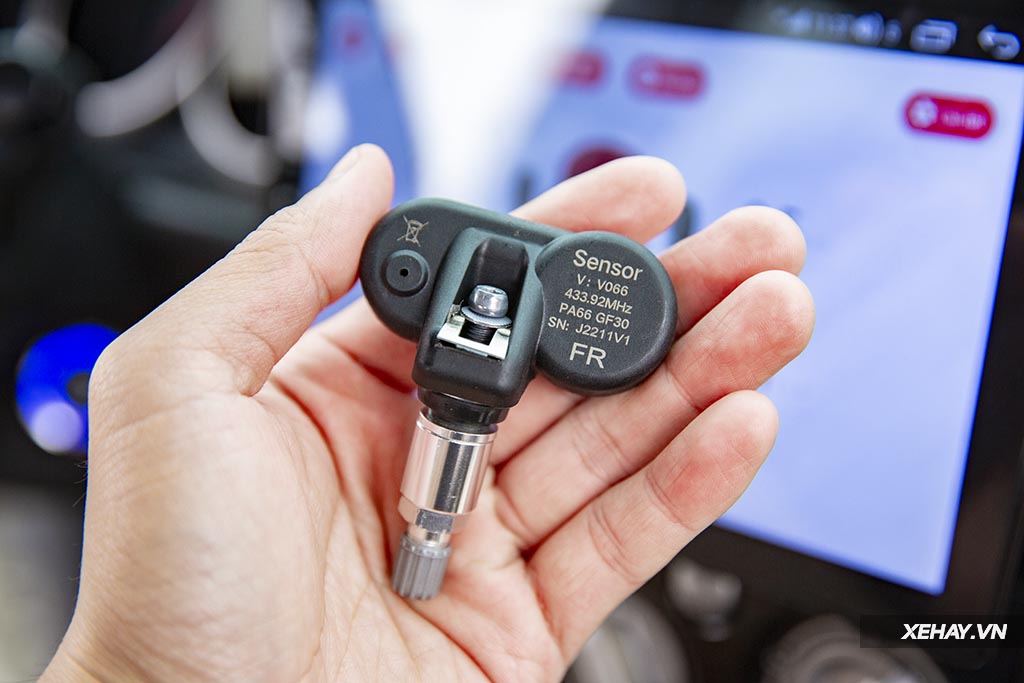
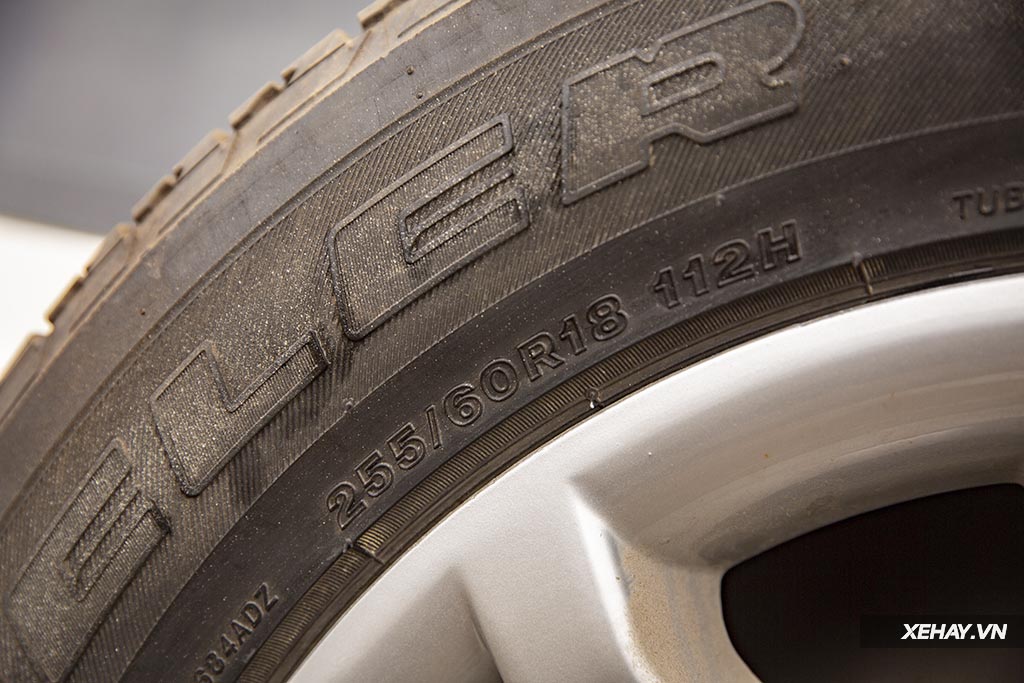
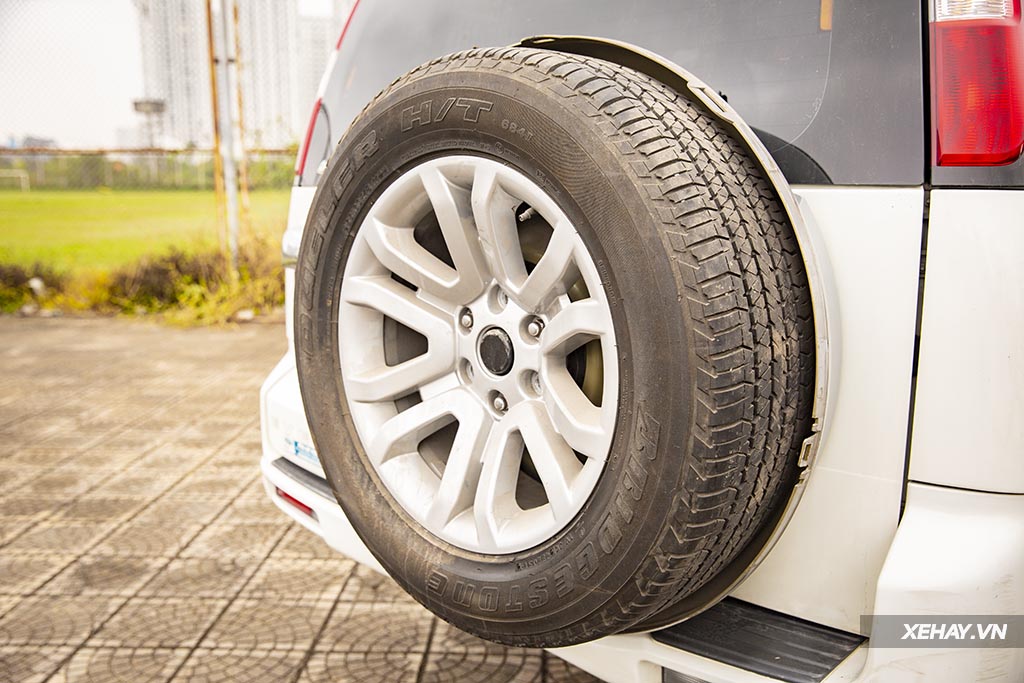
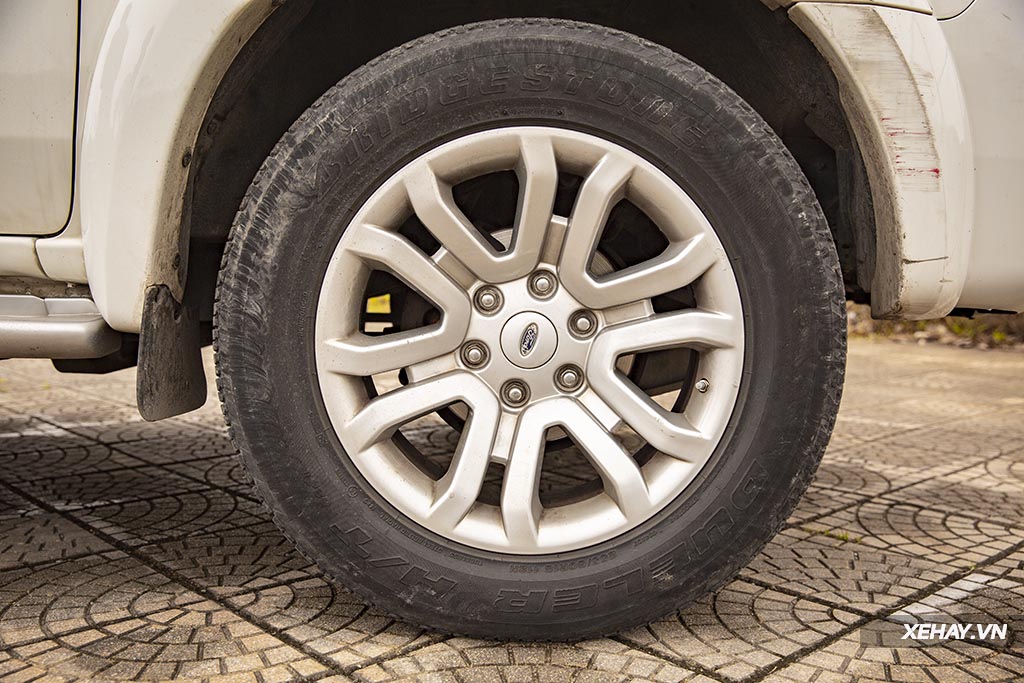
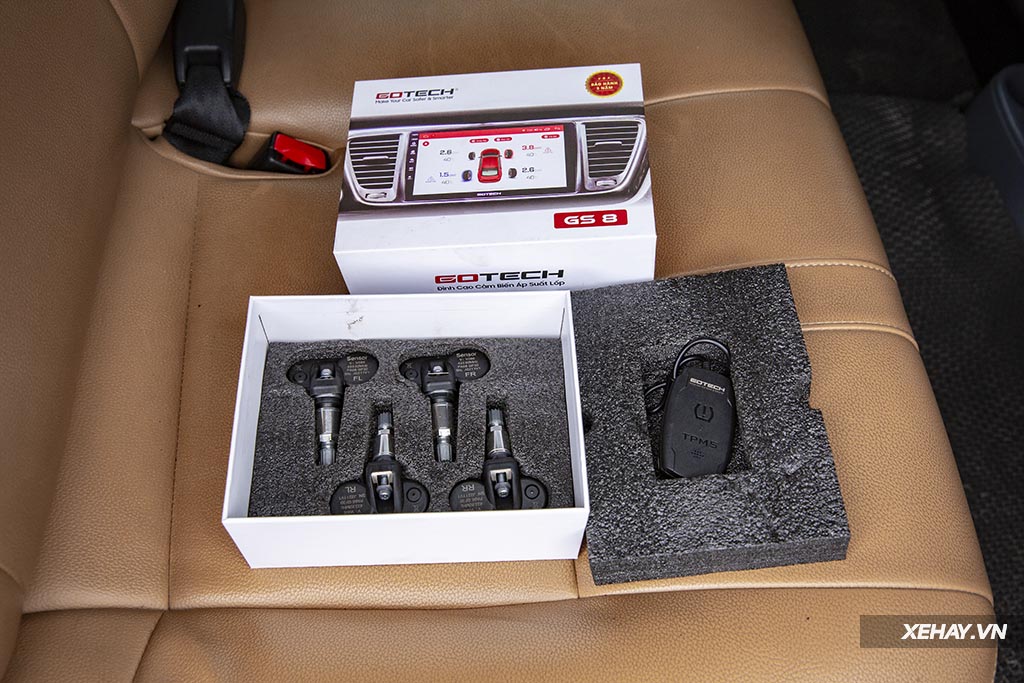
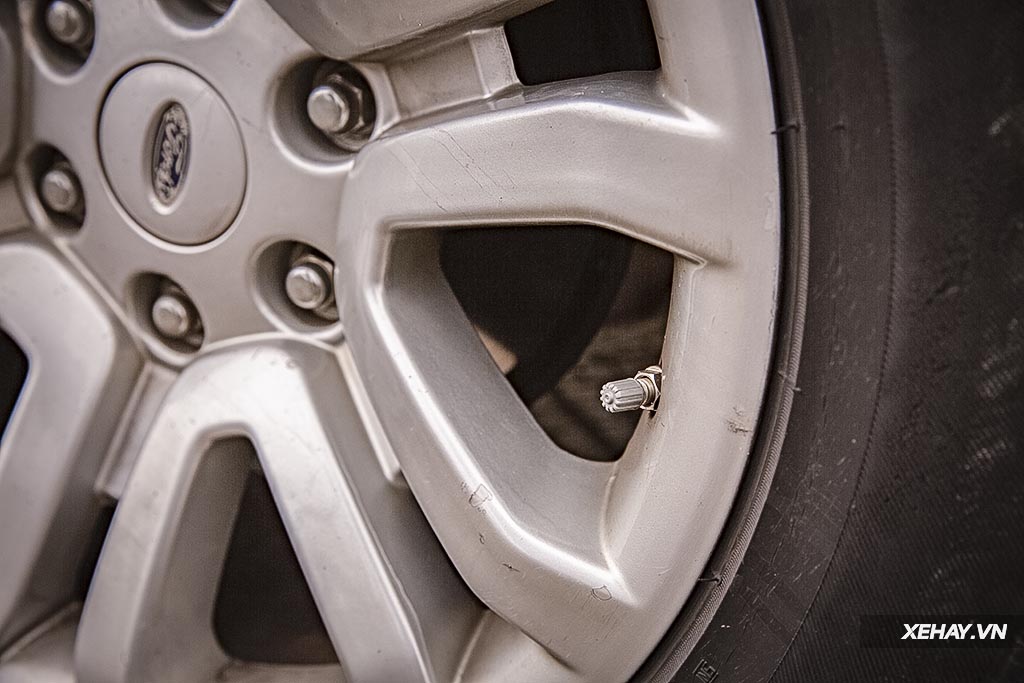
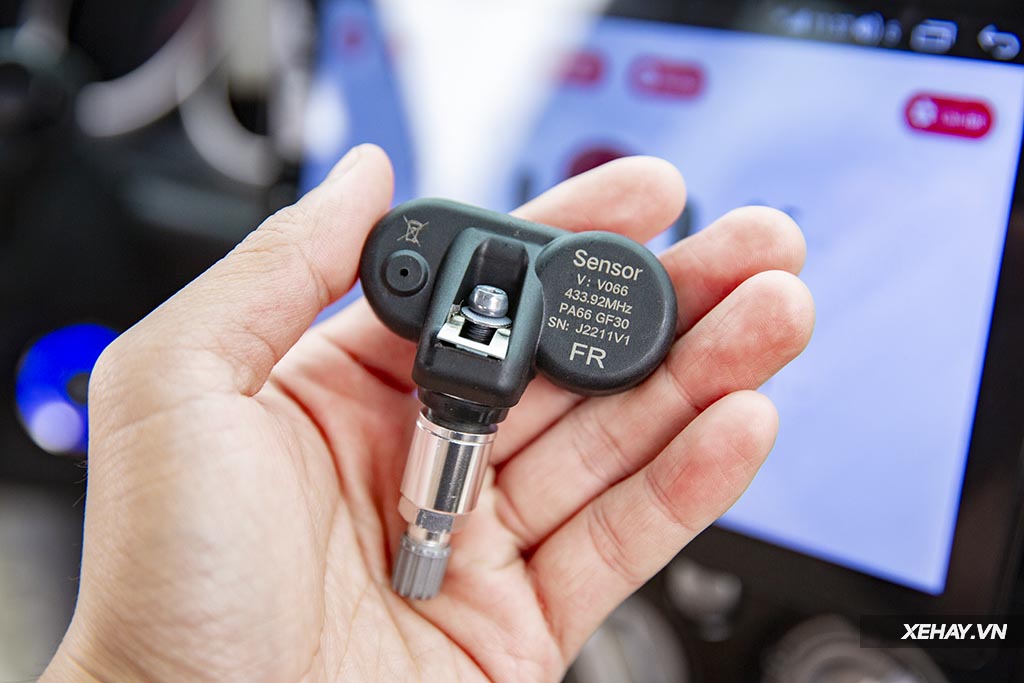
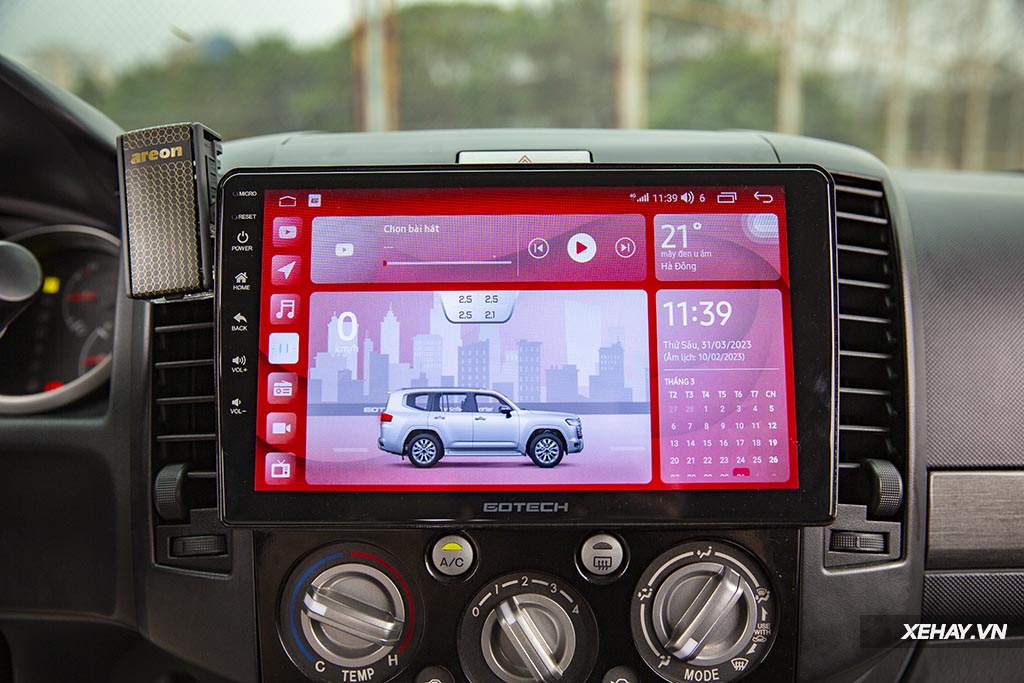
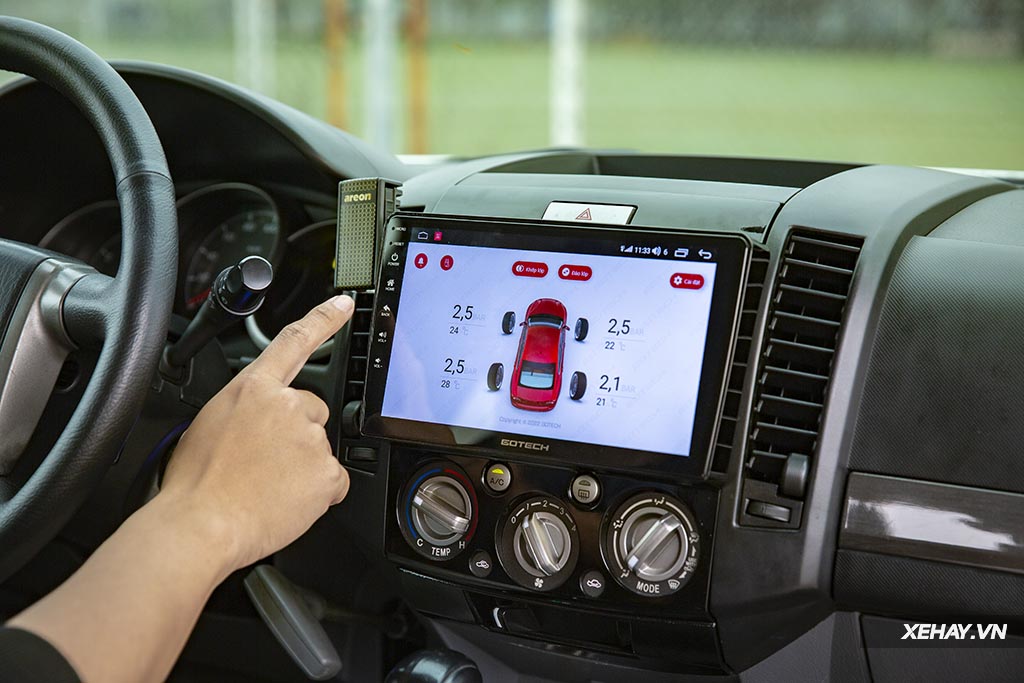
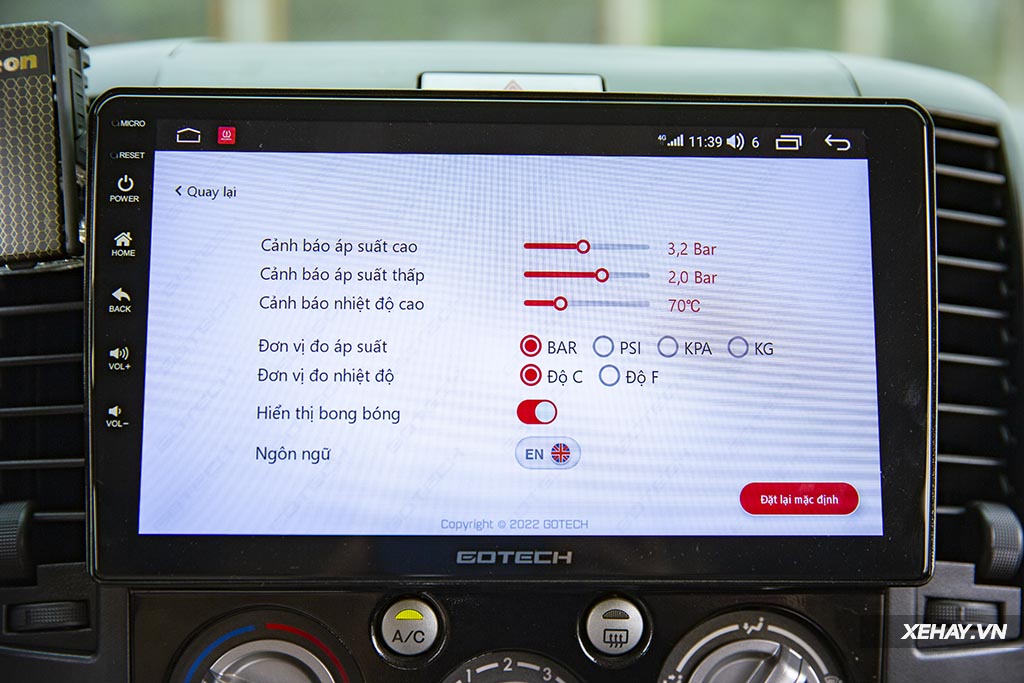
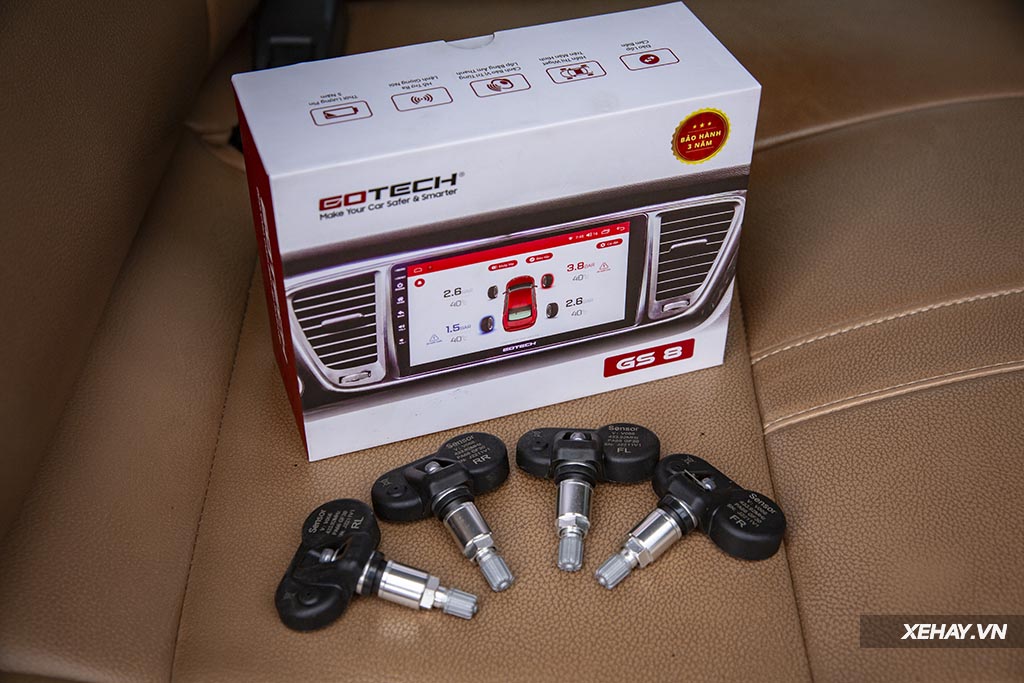
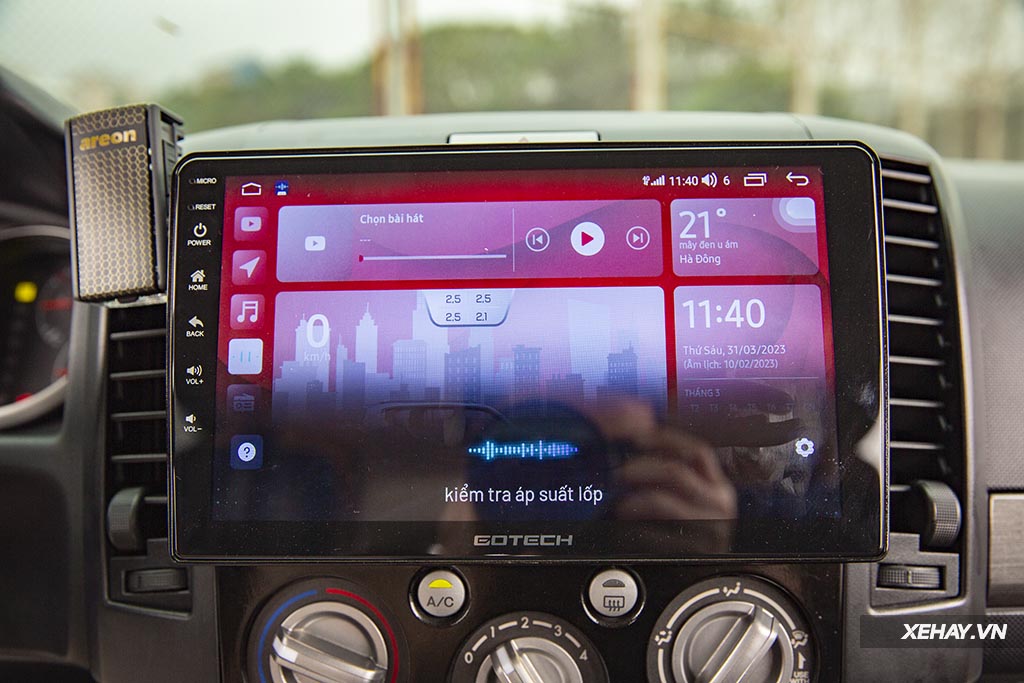
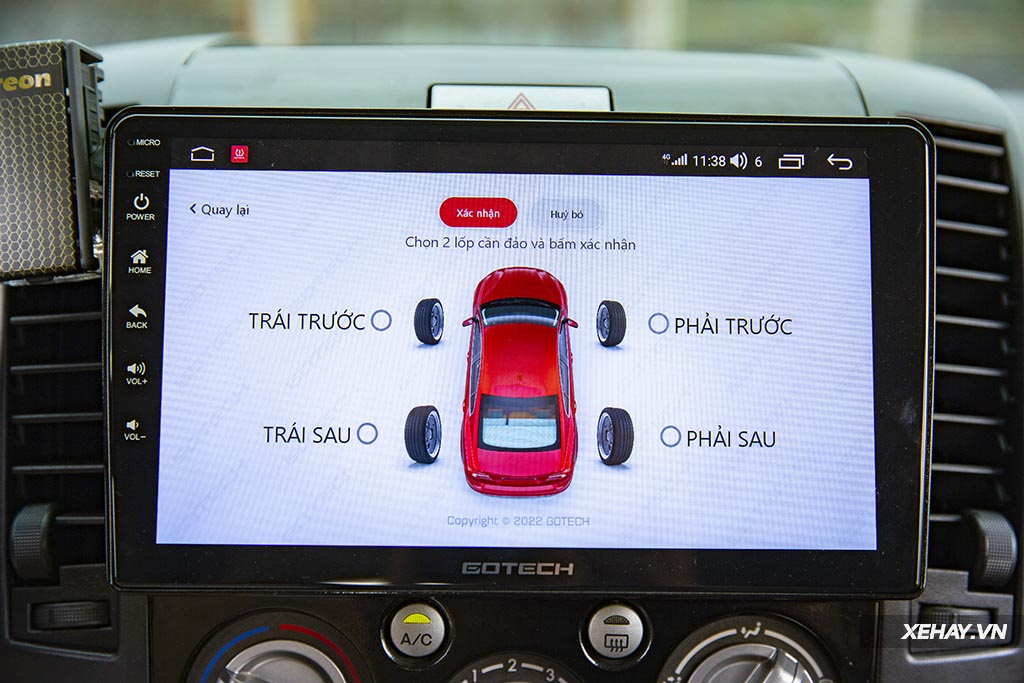











![[LUXURY CAR REVIEW] Discover the Unmatched Power and Sophistication of the Lexus LX600](https://vnauto.net/wp-content/uploads/2024/02/xehay-LexusLX600-16082022-1-100x70.jpg)